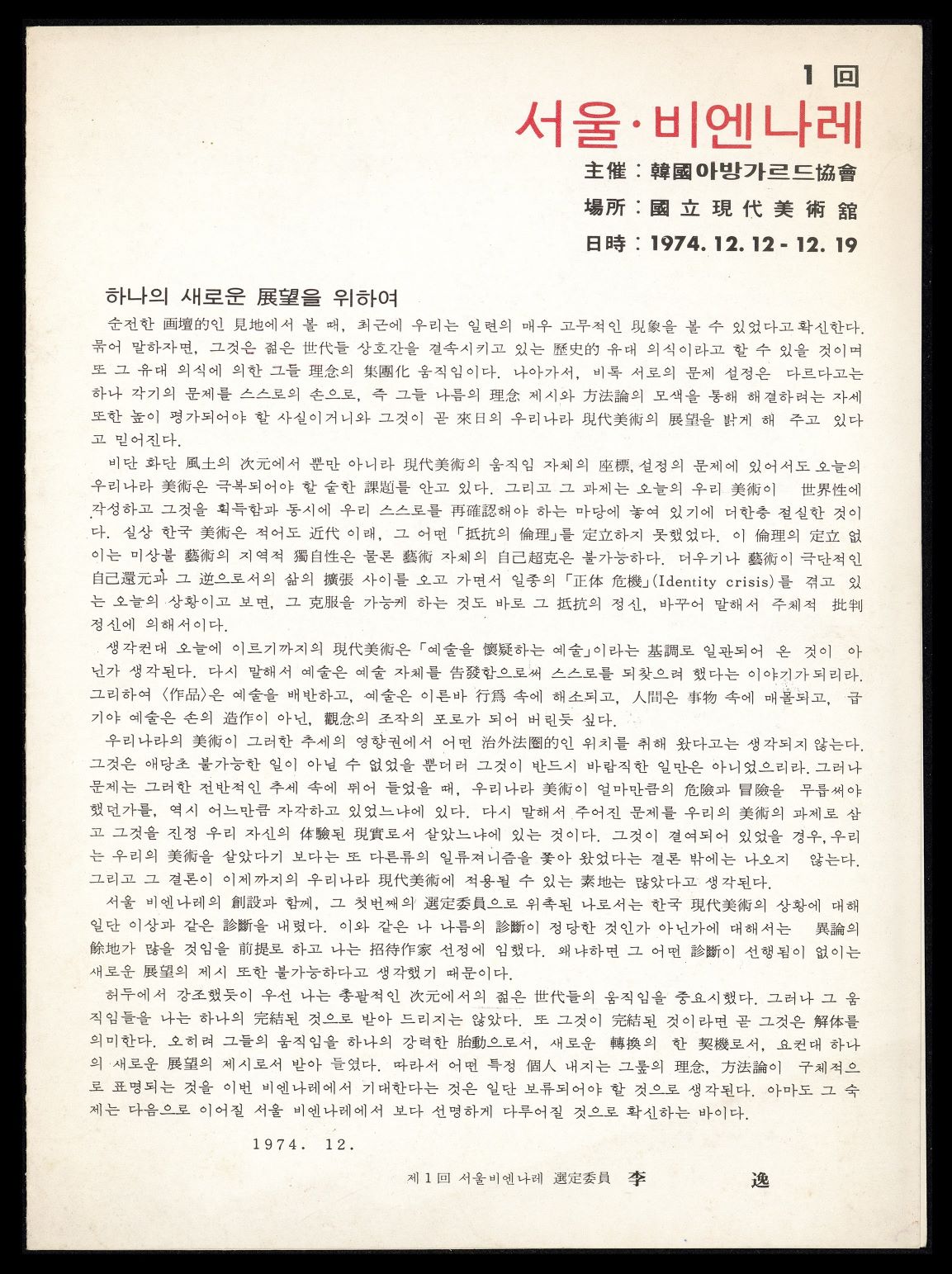
The First Seoul Biennial, Leaflet, 1974, MMCA Art Research Center Collection
Seoul Biennial
* Source: MMCA
Related
-
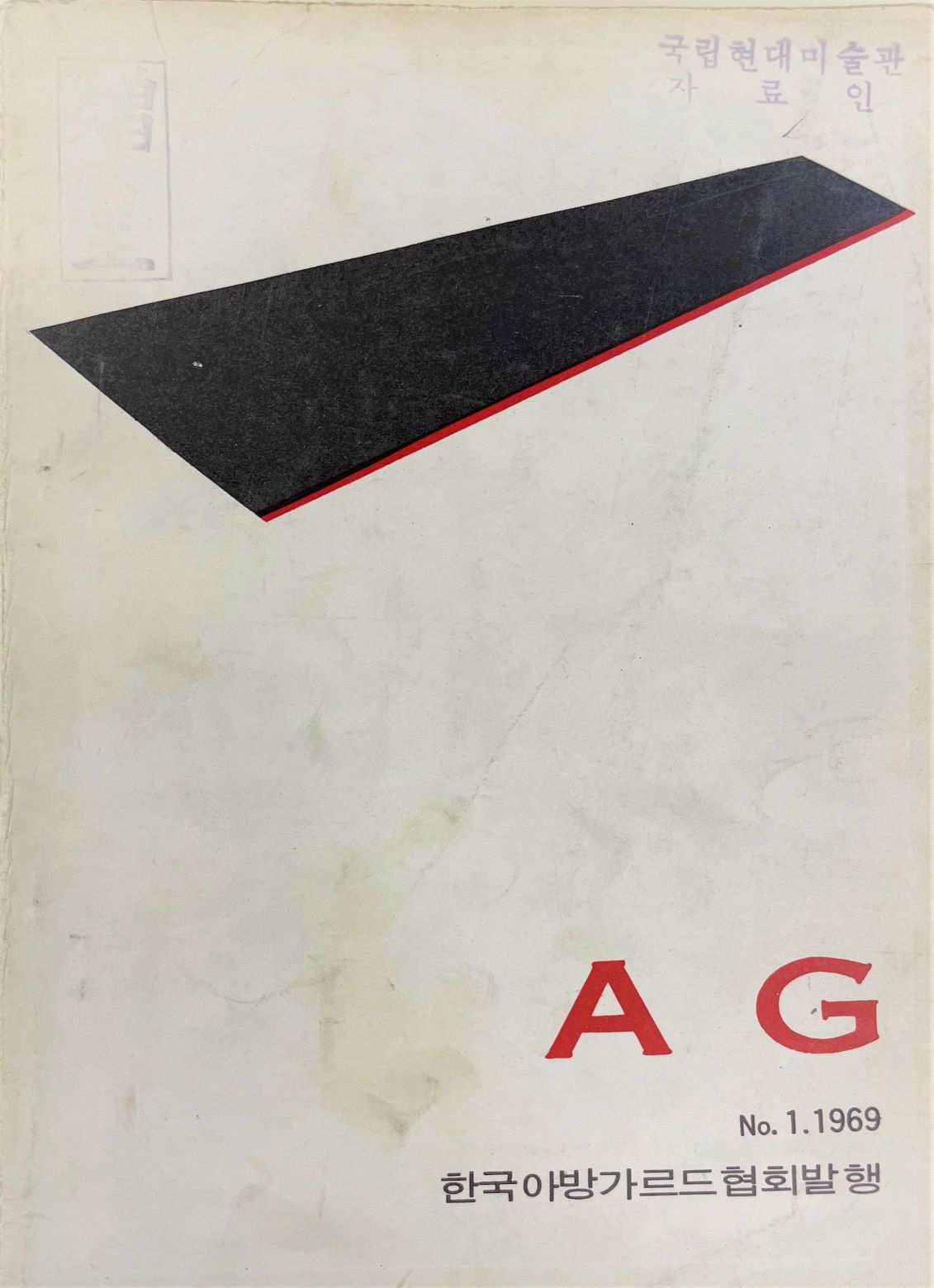
Korean Avant Garde Association (AG)
An art group formed in 1969 and active until 1975 that promoted avant-garde art. The group elevated the concept of avant-garde to the forefront of Korean contemporary art. It’s members explored and developed new style of sculpture, and sought to contribute to the development of a new Korean art culture. The group published the periodical AG, which centered on artists, sculptors, and art critics in their thirties, and through the periodical, the group introduced new oversea trends to Korea and explored the theory and concepts behind avant-garde aesthetics. The group is regarded as responsible for introducing conceptual and formal diversity to Korean contemporary art, through a transition of artistic values, the active use of new materials, and helping to foment a wider public understanding of new trends within contemporary art.
-
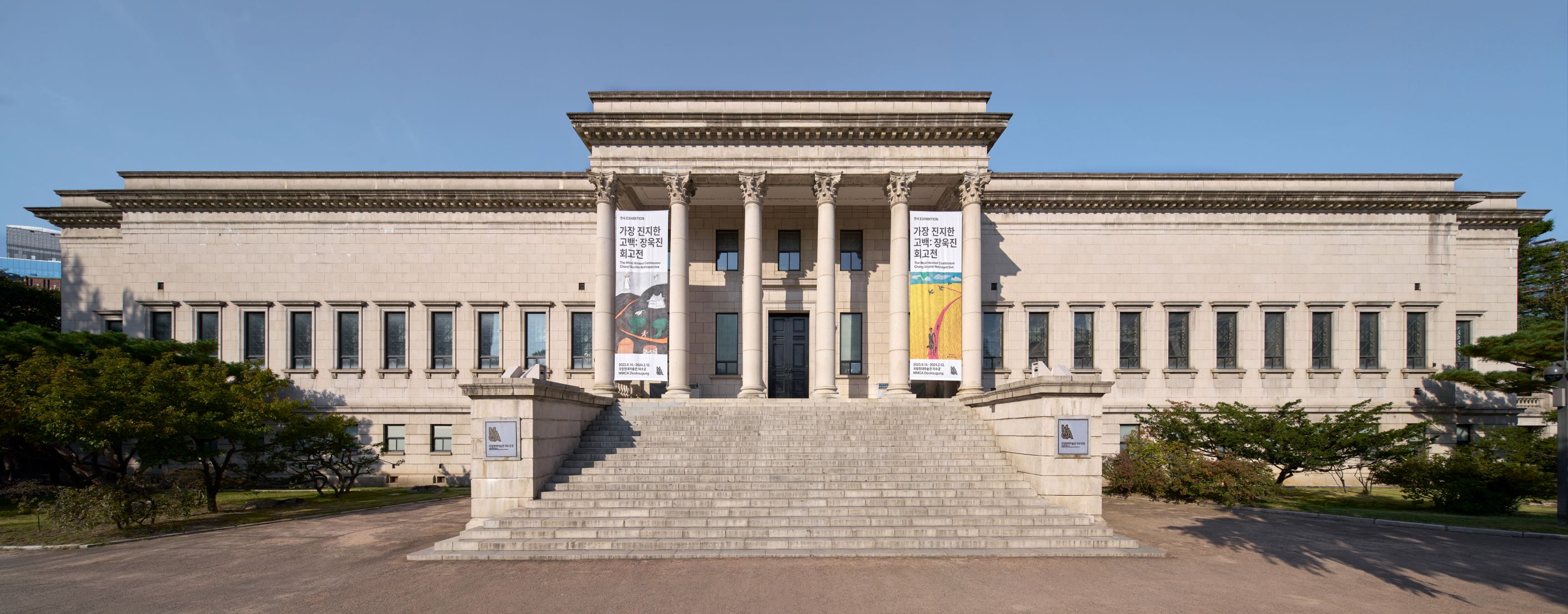
Deoksugung Museum of Art
A term that refers to two separate art museums that have existed in the grounds of Deoksugung palace at different times. First, the Yi Royal Family Museum, which was built in 1938 and renamed the Deoksugung Museum of Art after independence in 1948. This iteration of the Museum was merged with the National Museum of Korea in 1969. Separately, in 1998 a branch of the National Museum of Contemporary Art, Korea (now MMCA) was established at this location, and also named the Deoksugung Museum of Art. In 2013, the official name of the branch was changed to the National Museum of Modern and Contemporary Art, Deoksugung but some people still use the previous name, Deoksugung Museum of Art.
-
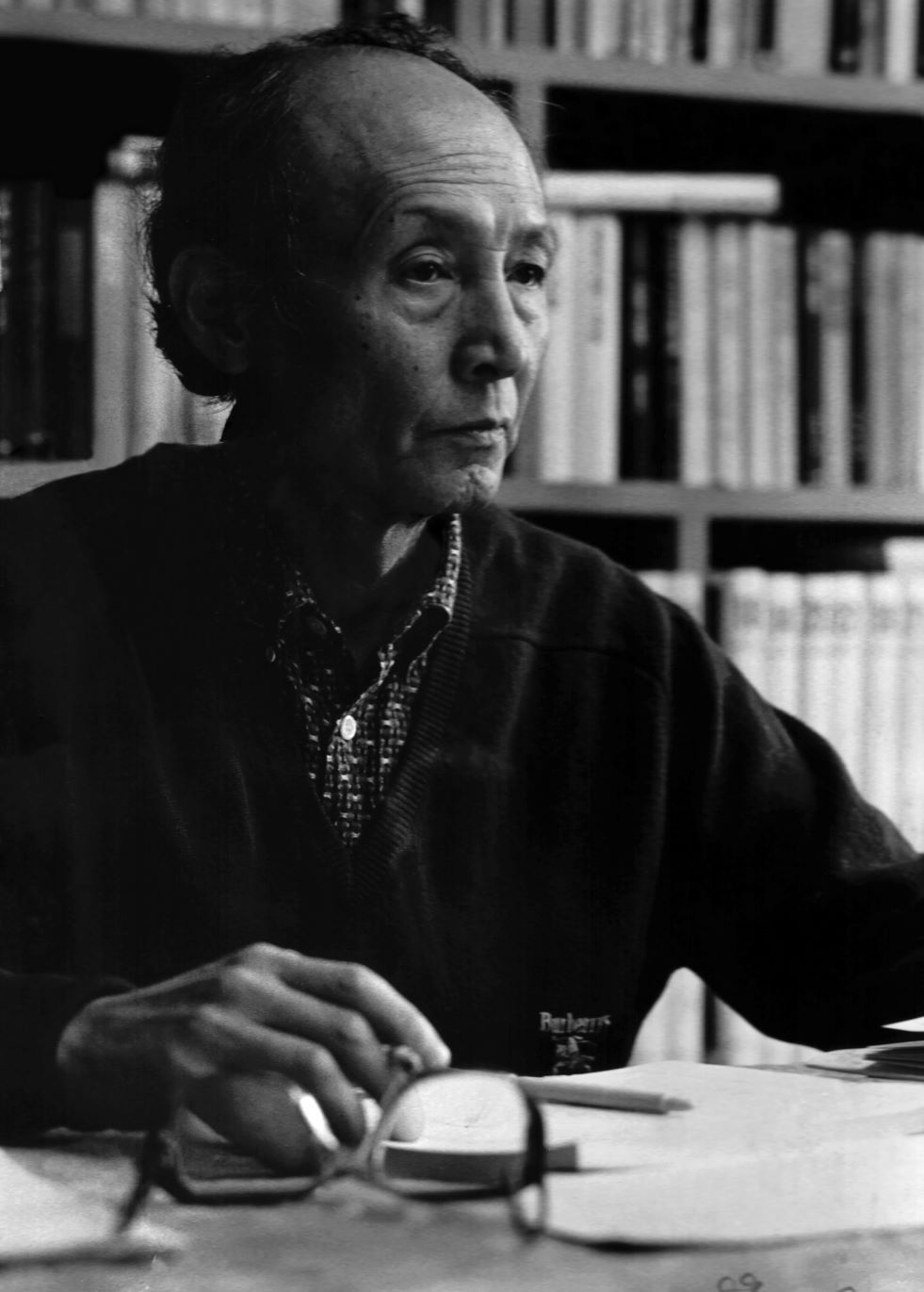
Lee Yil
Lee Yil(1932-1997) was a first-generation critic whose art criticism was based on art theories and greatly impacted the formation of Korean modernism. He was born in Gangseo, Pyeongannam-do Province and his real name is Lee Jinsik. While attending Pyongyang High School, Lee defected to South Korea and went to Gyeongbok High School in Seoul. After graduation, he entered the French Literature Department at Seoul National University but dropped out and moved to Paris. In 1961, he studied archaeology and art history at Sorbonne University. There, he worked as a Paris correspondent for the Chosun Ilbo newspaper. In 1964, he translated and published L’aventure de l’art abstrait (The Adventure of Abstract Art) by Michel Ragon. Returning to Korea in 1965, Lee began practicing art criticism in earnest. In 1966, he joined Hongik University as a professor of art theory, and he held the position for thirty years until his retirement in 1997. He wrote A Trajectory of Contemporary Art that introduced contemporary art of the West in 1974. Among his translated works are Naissance d’un Art Nouveau (Birth of Art Nouveau) (1974) by Michel Ragon, The History of World Painting (1974), and History of Art by H.W. Janson (1984). From the 1980s, he published books on art criticism, including Korean Art: The Face of Today (1982) and Reduction and Expansion of Contemporary Art (1991). After his death, the collections of his posthumous manuscripts, Lee Yil: Art Criticism Journal (1998) and The Critic Lee Yil Anthology in two volumes (2013), were published. Lee Yil’s art criticism activities can be divided largely into two periods. The former period spans from the time he returned from France to the early 1970s. During this period, Lee was interested in anti-art such as Dadaism and Nouveau Réalisme (New Realism). He inspired the formation of the Union Exhibition of Korean Young Artists that was brought together in solidarity by the generation who experienced the April 19 Revolution. Serving as a founding member and theorist of the Korean Avant Garde Association (referred to as AG) established in 1969, he developed criticism that laid the foundation for the formation of avant-garde art that emphasized experimentation. Around 1971 and 1972, he redirected his attention to art reflecting Korean culture and the spirit of Koreans rather than avant-garde focused on resistance. In the latter period, he stressed a “return to the primordial.” With his distinctive critical concepts, such as “reduction and expansion” and “pan-naturalism,” he actively supported the Korean Minimalism school of painters, especially Dansaekhwa artists. Lee’s critical perspective became a cornerstone in the narrative of Korean contemporary art history in the 1970s.
Find More
-
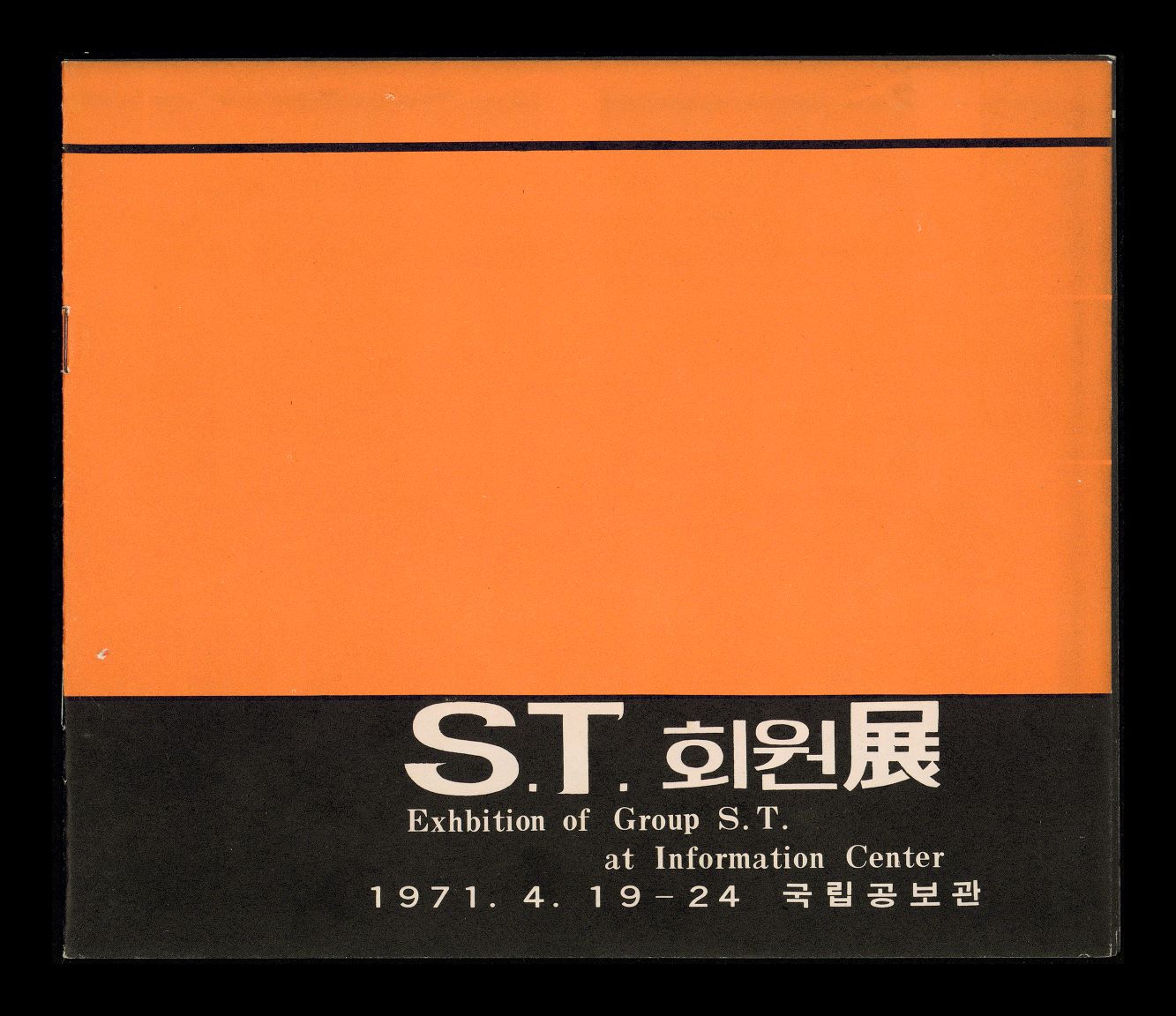
Space and Time Group (ST)
An avant-garde art group that produced three-dimensional work and event. The group was active from 1971 to 1981. The name ST is an acronym for 'Space and Time.' The group not only held exhibitions, it also held research and discussion seminars on texts concerning conceptual art as well as peer critiques.
-
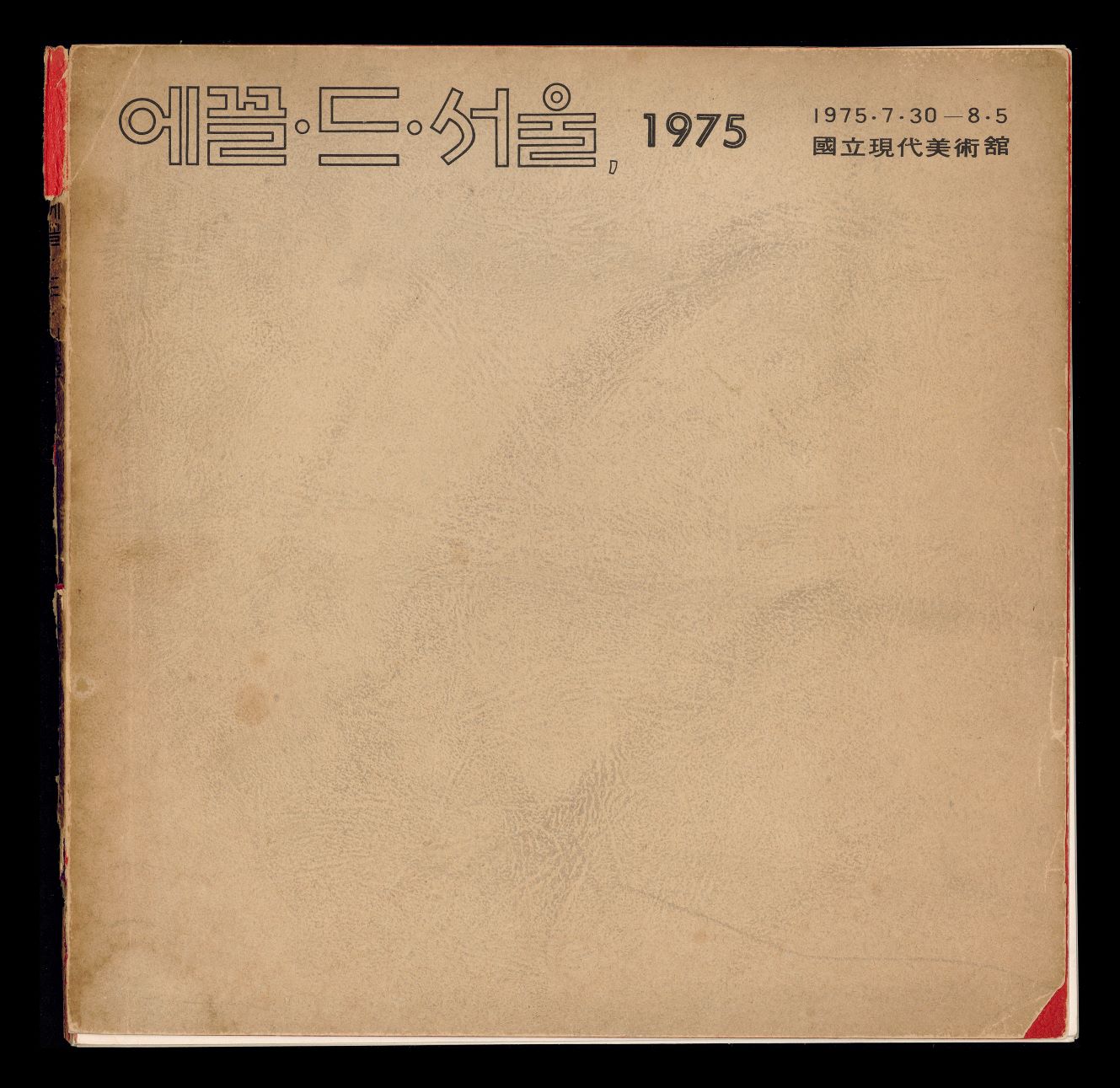
Ecole de Séoul
The Ecole de Seoul is an art group founded by Park Seo-Bo and others in 1975. Their first exhibition was held at the National Museum of Modern and Contemporary Art of Korea from July 30 to August 5, 1975. For the second exhibition in 1976, they adopted a new system, used for the first time in Korea, where an independent commissioner selected artists. Founding member Park Seo-Bo said, “While the Indépendants Exhibition and the Seoul Contemporary Art Festival aim to find new artists and expand the territory of contemporary art, the Ecole de Séoul is a miniature reflection of our contemporary art community.”






